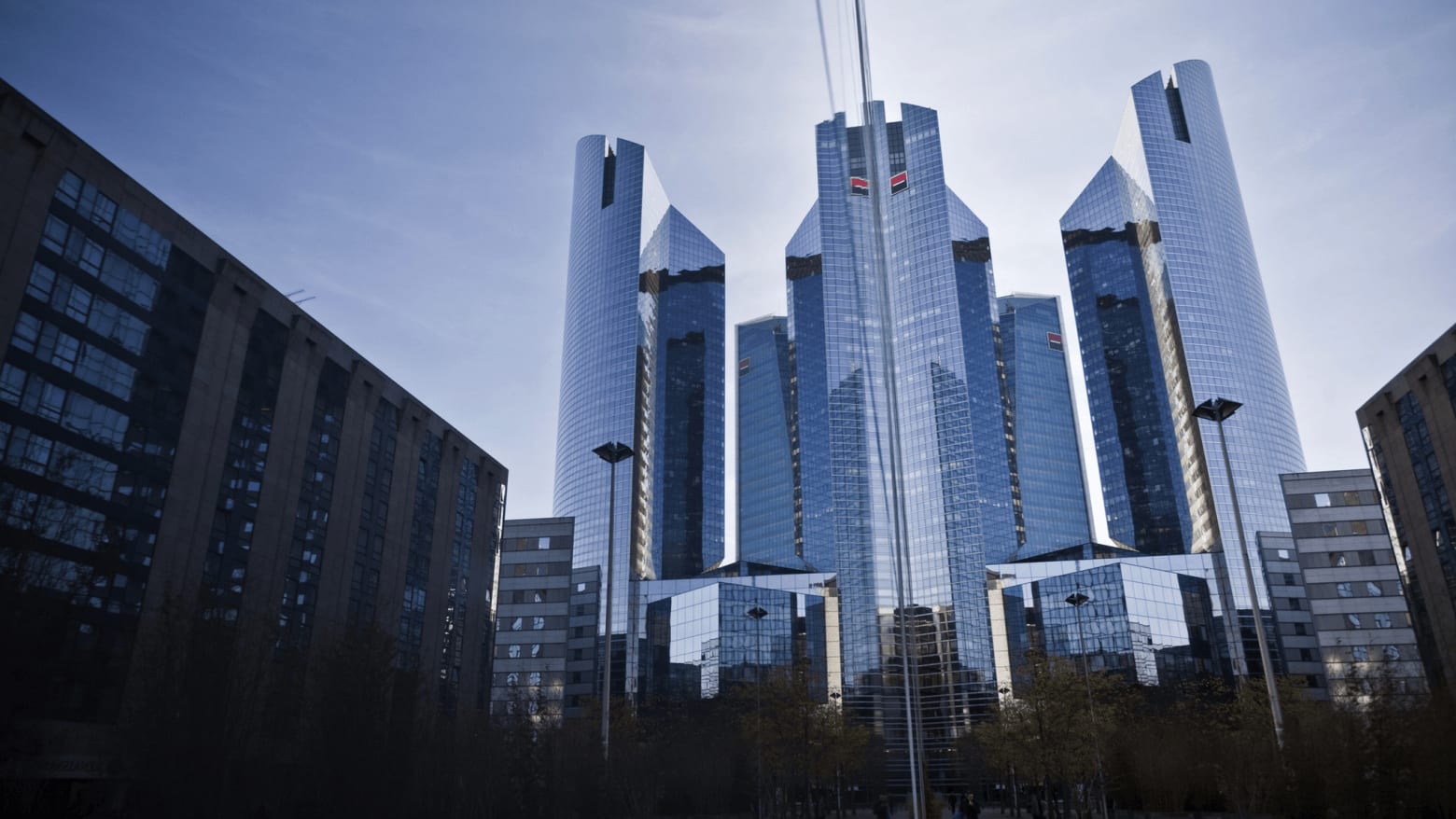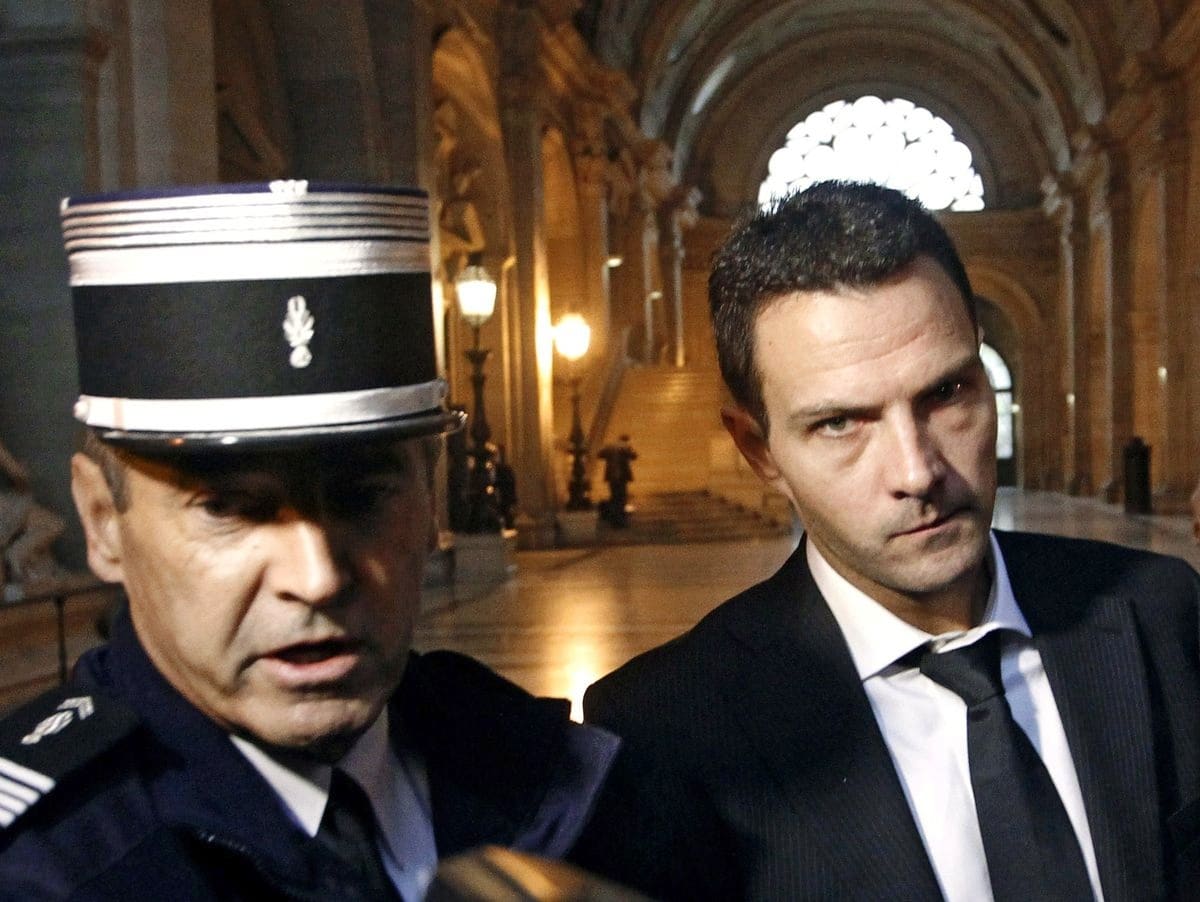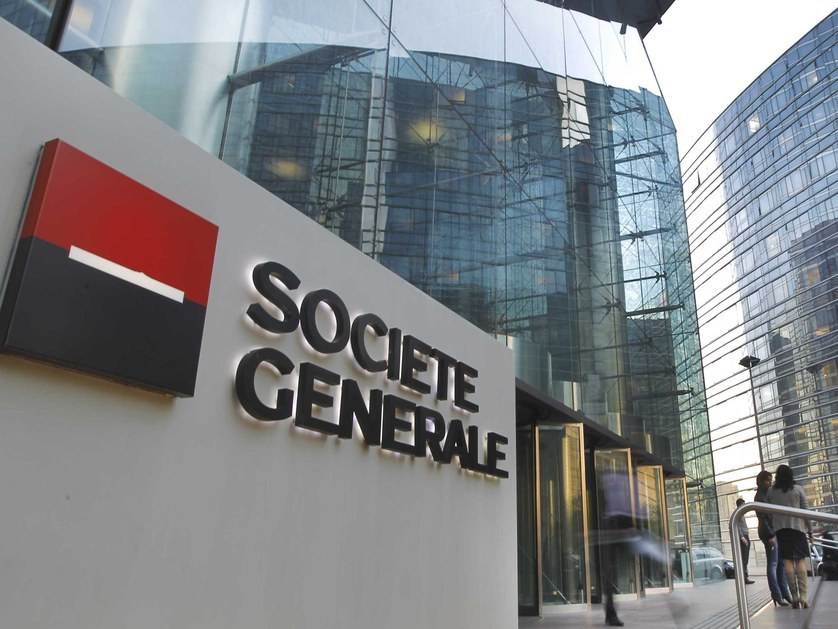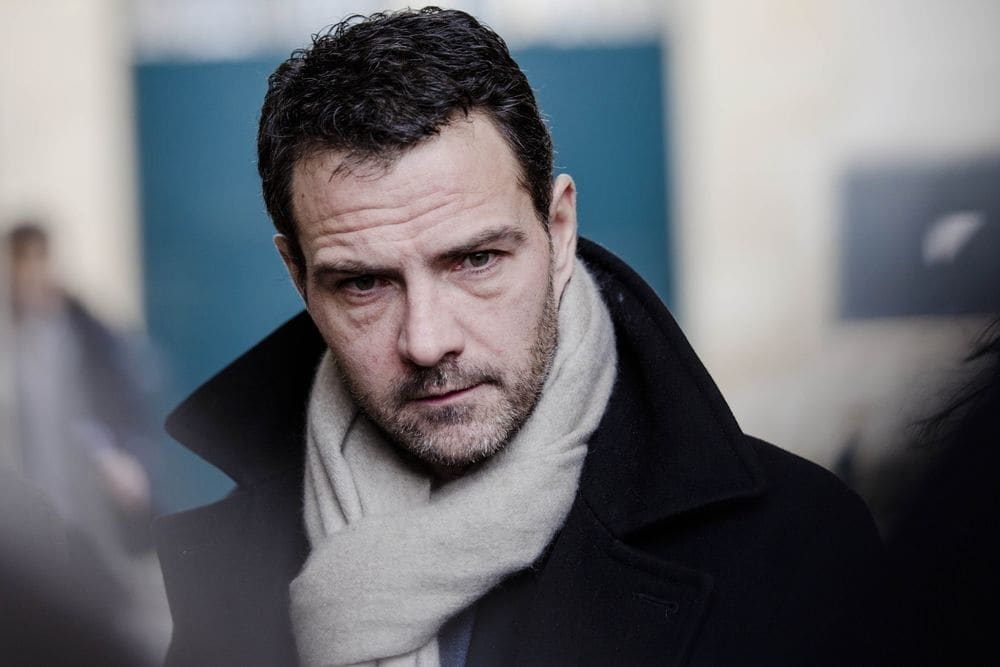High-Risk Trading at Societe Generale and Jerome Kerviel Case
There is a wonderful French bank - Societe Generale. More precisely, not even a bank, but a financial group, but that’s not the point. Every year, the bank's board sends out a letter to employees summarizing the year's results. Events, history, management change. Only one name has remained unchanged for many years.
Societe Generale has moved closer this year to address the wrongs caused by the actions of Jerome Kerviel.

So who is this scary man, Jerome Kerviel? How could a simple trader cause such enormous damage? Why did he do this? But first of all, was Jerome Kerviel guilty, or does this story have a very unpleasant double bottom for the bank, and does it deserve to be one of the best financial detectives of the 21st century?
These words began the famous press release published on January 24, 2008 by one of the largest banks in Europe.
The Societe Generale team uncovered a crime of exceptional scope and nature: a single trader, entrusted with ordinary transactions, illegally opened numerous positions over the past year. Taking advantage of the extensive knowledge in the field of transaction control gleaned from his previous position, he was able to hide his activities for a long time. Given the size of the positions and the extremely unfavorable market conditions, the fraud resulted in losses of €4.9 billion
Overnight his name was on the front pages of newspapers. “Financial Bin Laden,” the bankers shouted. “Mr. Nobody”, “the great schemer”, - echoed the journalists. “I’m innocent,” Jerome tried to justify himself, but no one listened to him.
Who is this Jerome Kerviel Anyway?
An ordinary trader of low rank, whose tasks included trading in derivatives - complex and high-risk financial instruments. For a long time, his work did not cause any particular complaints - Kerviel’s transactions brought profit to the bank and a bonus to himself. They didn’t pay him that much - about 100 thousand euros in annual equivalent, quite small money for a bank trader. At first, his work was quite monotonous - rebalancing the portfolio and working on “arbitrage”, making money on the difference in prices for the same financial instruments in different markets.
The responsibility weighed monstrously. Family problems were even more pressing - a year earlier, Jerome’s father died, and soon his wife left him. “He always looked great and was always alone, we never saw him with a girl,” former colleagues later recalled. Soon, Jerome left arbitration in the direction of complex financial engineering, receiving either huge profits or no less gigantic losses. So, by the summer of 2007, his portfolio was in the red by 2.5 billion, but by December he was able to not only win back the loss but also make a profit of one and a half billion.
One day, Jerome took a little more risk. Then - a little more. Then he began trading from clients’ accounts - an extremely vicious practice, but, apparently, quite common in those days. As a result, the value of the trader’s total open positions exceeded 50 billion euros – one and a half times the capitalization of the bank itself!
He did not want to deceive his employer, but the annual bonus for the best employee of the bank left him no choice. By and large, he didn't do anything that any other trader wouldn't do. Jerome opened huge positions with huge risks, that's all. EUREX reported to the bank several times about large transactions, but there was no reaction to this. For a long time, the financial control of the bank itself simply ignored Kerviel’s operations. The bank itself will later say that the trader skillfully hid such transactions behind hundreds of thousands of ordinary low-risk transactions for huge amounts. Most likely, this is true - but why then do we need financial control at all?
From Call to Catastrophe: The Societe Generale Scandal Unfolds
In early January, Kerviel received a call from work and was asked to leave Paris for a few days - the trader refused. A few days later a huge scandal broke out. The bank announced the identification of an employee who caused enormous damage as a result of fraudulent and unauthorized transactions. The stock exchanges were already in a fever in January 2008, and the “Societe Generale case” significantly intensified the decline, turning the situation into a perfect storm.

The problem quickly ceased to be purely European. The global financial system is essentially a set of communicating vessels, and a well-known law also works there. The “wave” from the thrown stone turned into a small tsunami. Somewhere overseas, Fed Chairman Ben Bernanke, nicknamed “Helicopter Ben” for his legendary proposal to throw money from a helicopter, woke up in a cold sweat. Looking at what was happening, he scratched his bald head and lowered the reserve rate by as much as 0.75 percentage points - for the first time in more than 25 years!
The bank could not fire Kerviel immediately - according to French labor law and the trader's contract, this required a personal meeting between its representatives and the employee, which was impossible - the judge, first of all, forbade the parties to communicate directly with each other until the end of the process. The result was predictable: Kerviel was found guilty of fraud and sentenced to five years in prison (two suspended) and a fine of 4.9 billion euros. Kerviel served five months and became the biggest debtor in the world because to pay off his debts he would have to work continuously for about 200,000 years.
Unveiling the Truth: Kerviel's Legal Victories Against Societe Generale
Kerviel did not admit his guilt and insisted on appeal. The bank said: “We understand the absurdity of the fine and are ready to discuss,” as if hinting - admit your guilt, and we will waive claims against you. Kerviel insisted on his innocence and demanded a review of the case. 2014 the court upheld the verdict, only canceling the fine due to its complete absurdity. The trader himself was not at the trial - at that time he was making a pilgrimage to the Vatican and meeting with the Pope. His guilt seemed completely obvious, but further events followed a completely unexpected scenario.
Two years later he managed to win another appeal. Suddenly, unpleasant details for the bank began to emerge - for example, SG was unable to provide any serious evidence that he did not know about Kerviel’s operations. Also, the bank could not prove that only Kerviel made huge and risky transactions, exceeding all possible limits. That is, the trader’s actions were completely normal practice for the French bank! And Kerviel himself did not receive any special excess profits, except for the remuneration provided for in the contract. But the most surprising thing came to light: the police officer who led the investigation in 2008 said that she was under enormous pressure to concentrate only on the facts that would prove the trader’s guilt.
As a result, the court ordered Societe Generale to pay the trader 150,000 euros for illegal dismissal and another 300,000 in the form of an unpaid annual bonus. Jerome Kerviel is one step closer to proving his own innocence.
Now let’s try to figure out how this happened and what it was all about.

What did Kerviel Do?
Actually, what did Kerviel do? He was taking VERY high-risk positions in a VERY volatile market. At some point, Jerome was not lucky to attract the attention of the bank, which was forced to react somehow.

Bank Awareness and Market Speculation
You may ask - what are the chances that financial control will “miss” such an unauthorized open position of 50 billion? These days they tend to zero. Things were a little different in 2008. It is quite possible that the bank's trading management was well aware of Kerviel's transactions, but turned a blind eye to them simply because they were completely normal practice. If so, then why, in a critical situation, did SG management do everything in the worst possible way for the bank? After all, their actions at first glance look completely illogical - the situation was immediately given maximum publicity, and the trader’s positions were as if positions closed quickly and with a huge loss.
There are Two Hypotheses
According to the first, information about Kerviel’s transactions reached top management, who turned gray with horror, and, given the possible consequences, assumed a painful but reliable scenario.
According to the second, SG deliberately manipulated the market by shorting. And that everything that happened is a financial game, and Jerome Kerviel is just a pawn in it? The market’s reaction to what happened was completely obvious from the very beginning - analysts had predicted a very “bearish” start to the year before all the events, and after Kerviel the decline was more than obvious. Having lost $5 billion, the bank (albeit indirectly) could have earned much more. Another fact speaks of risk appetite: in 2018, the Americans imposed a fine of $1.3 billion on a French bank for trading with Iran and Cuba in circumvention of American sanctions.
The French perfectly understood what they were doing, understood the consequences, possible risks, and possible profits. According to the conspiracy theory, SG ended up making great money from the “Kerviel case.” Kerviel was accused of fraud, but were the trader’s actions a consequence of his desire to receive an annual bonus, or was he himself just a pawn skillfully manipulated by the bank’s management, and the situation itself was nothing more than an attempt to “move” the market? We'll probably never know.